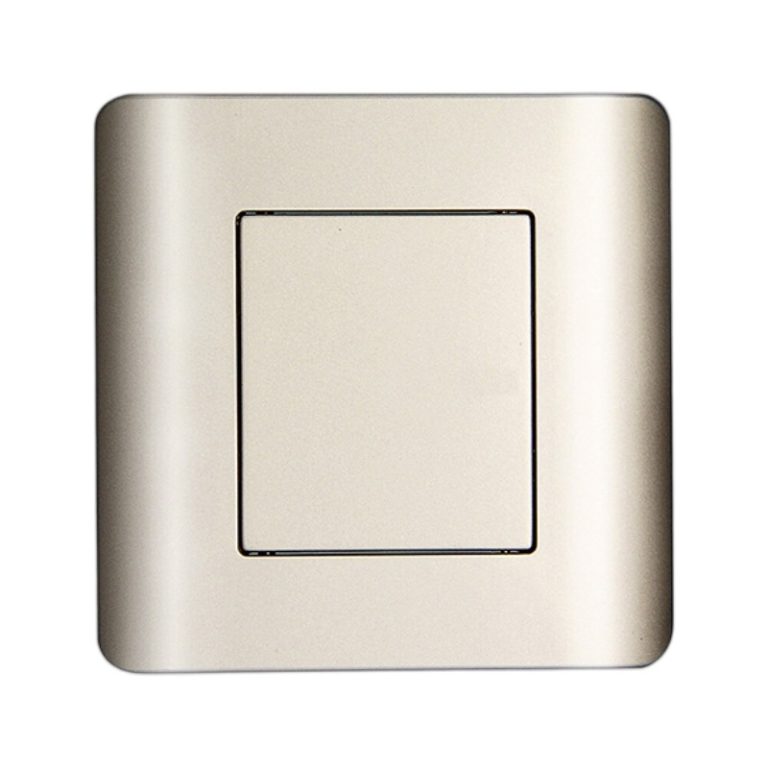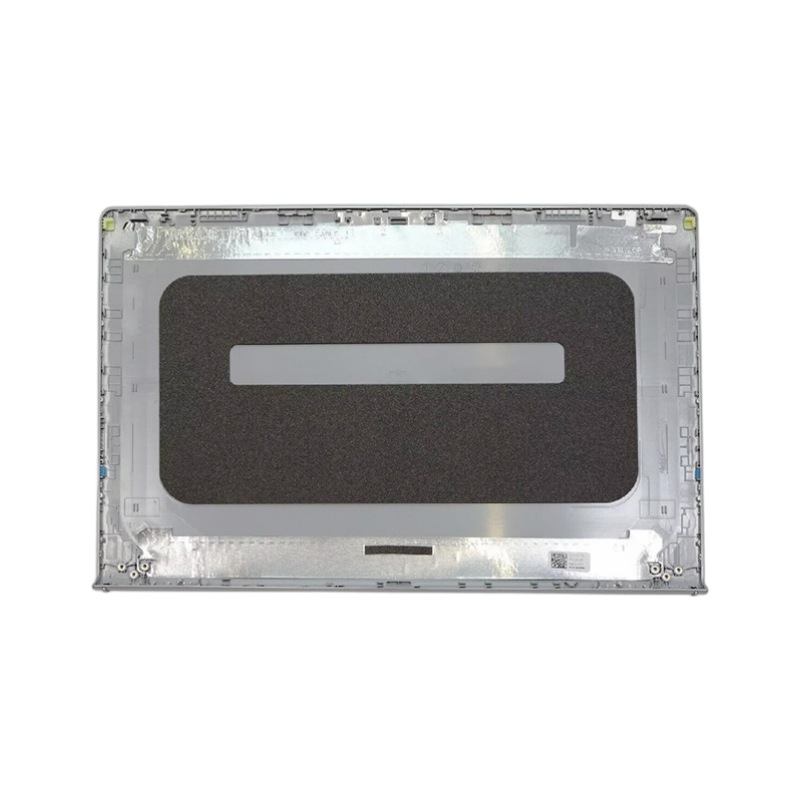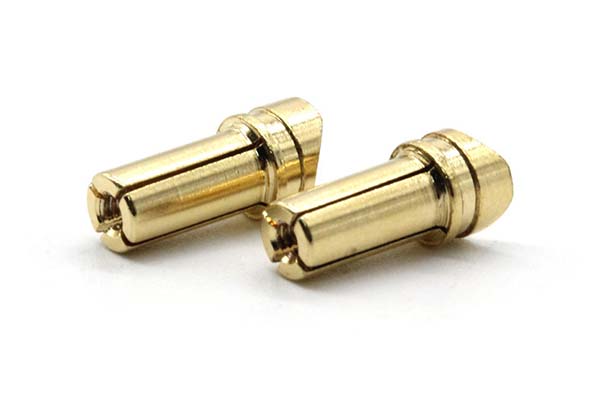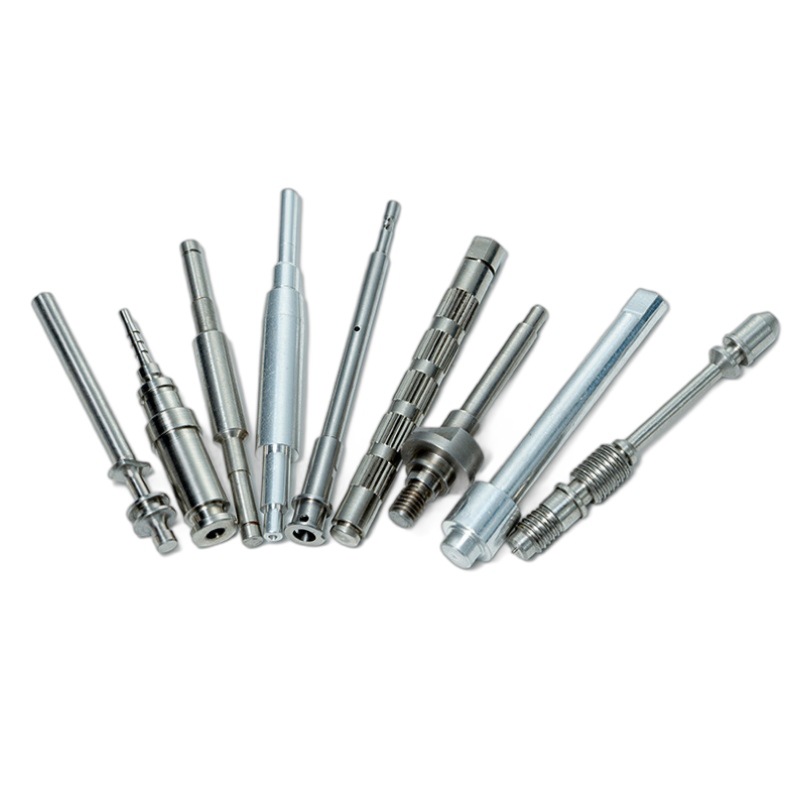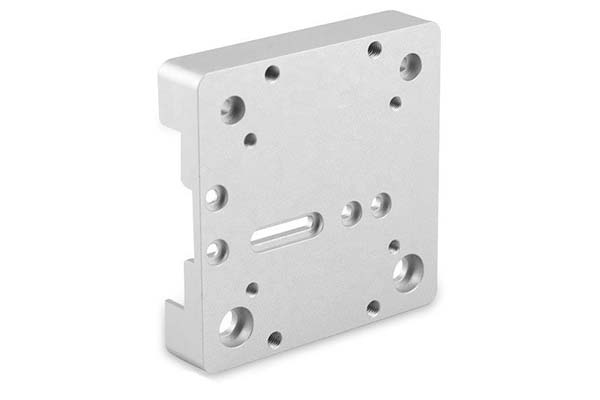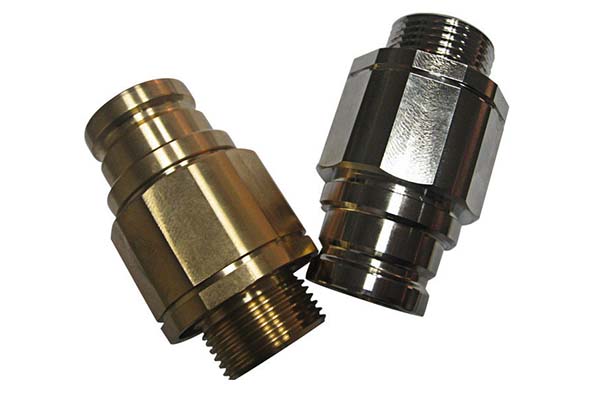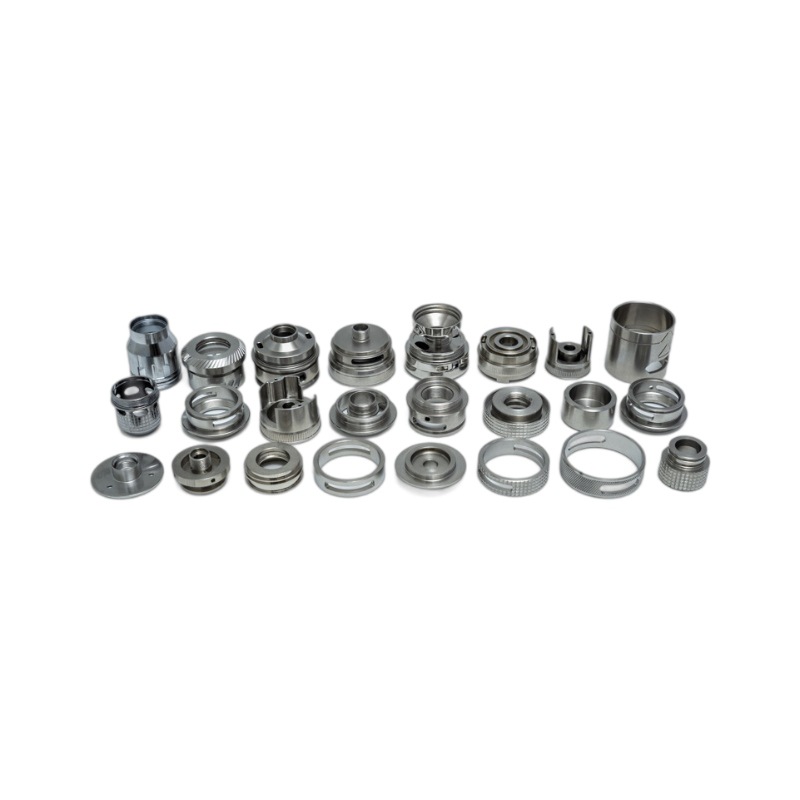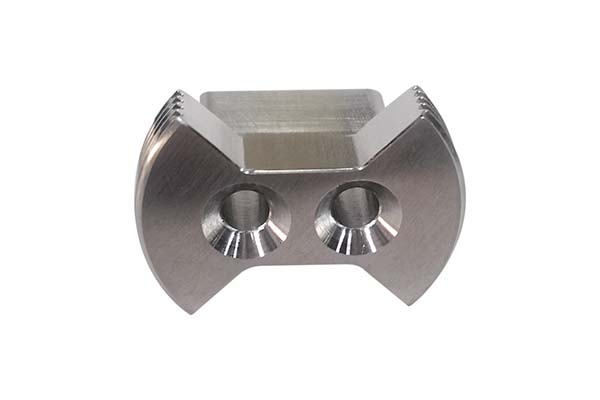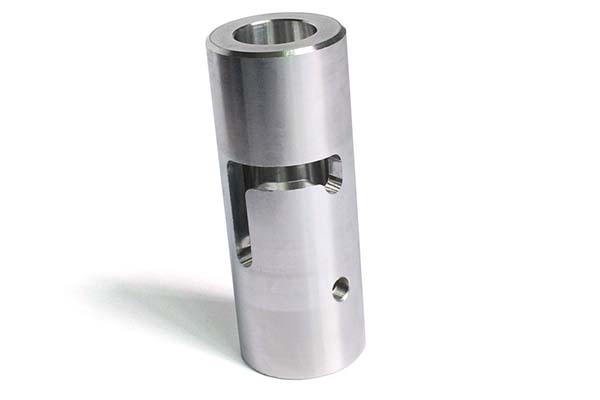Introduction to CNC 5-Axis Machining Centers
CNC 5-axis machining centers represent a significant leap forward in manufacturing technology, offering unrivaled precision and flexibility. Unlike traditional 3-axis machines, which can only move the cutting tool along three linear axes (X, Y, Z), 5-axis machines can operate along five axes, including two rotational axes (A and B). This enhanced capability allows for the production of highly intricate and complex parts that are otherwise impossible to machine with conventional equipment.
5-axis machining centers are particularly valuable in industries where precision, complexity, and efficiency are paramount, such as aerospace, automotive, medical device manufacturing, and even high-end consumer electronics. In this article, we'll explore the technology behind 5-axis machining, its benefits, applications, and key considerations for selecting the right machine to meet your manufacturing needs.
Overview of 5-Axis Machining Technology
What is 5-Axis Machining?
5-axis machining is a process where a computer-controlled machine tool moves a cutting tool along five axes—three linear (X, Y, Z) and two rotational (A and B)—simultaneously. This allows the machine to approach a workpiece from virtually any direction, significantly improving the tool’s ability to cut complex geometries and undercuts that would be difficult or impossible for traditional 3-axis machines to achieve.
This flexibility makes 5-axis machining ideal for producing parts with intricate features and tight tolerances, as it reduces the need for multiple setups and tool changes, resulting in faster production times and higher part quality.
How Does 5-Axis Machining Work?
The core of 5-axis machining lies in its ability to orient the cutting tool relative to the workpiece, enabling a combination of linear and rotational movements. In practice, this means that the cutting tool can be positioned at a wide range of angles, allowing it to perform complex cutting operations like contouring, profiling, and drilling at multiple angles in a single pass.
Advanced software and control systems are crucial to 5-axis machining. CAD (Computer-Aided Design) models are transformed into tool paths that guide the machine in executing the required cuts, ensuring high precision and minimal human intervention.
Key Features of 5-Axis Machining Centers
- Complex Part Production: Ideal for parts with intricate shapes and complex geometries.
- Reduced Setup Time: Eliminates the need for repositioning the workpiece between different machining steps.
- Improved Surface Finish: Continuous movement results in smoother cuts and superior surface finishes.
- High Accuracy: Enables tight tolerances that are often required in industries like aerospace and medical device manufacturing.
- Versatility: Capable of machining a wide range of materials and part types, from metals to composites.
Advantages of 5-Axis Machining
Precision and Complex Part Production
The ability to produce parts with complex geometries and tight tolerances is one of the primary advantages of 5-axis machining. The additional axes allow the tool to approach the workpiece from multiple angles, enabling more precise cutting and fewer errors in the final product. This is especially important in industries where even the slightest error could result in costly rework or part failure, such as aerospace or medical device manufacturing.
Time and Cost Savings
While the initial investment in a 5-axis machining center can be high, the return on investment is often substantial due to the time and cost savings it enables. By reducing the need for multiple setups and tool changes, 5-axis machines streamline the manufacturing process. Parts that would require several steps on a traditional 3-axis machine can often be completed in a single operation, saving both time and labor costs. Furthermore, fewer setups and better tool positioning minimize the risk of errors, reducing the need for rework and scrap.
Applications of 5-Axis Machining Centers
5-axis machining centers are used across a wide range of industries, enabling the production of high-precision, complex components.
Aerospace and Defense
In aerospace, precision is critical. 5-axis machining centers are used to manufacture turbine blades, structural components, and other high-performance parts that must meet stringent tolerances. These machines excel at producing components with complex curves and intricate features, which are common in the aerospace sector. Additionally, the ability to machine these parts in a single operation reduces setup times and enhances productivity.
Automotive Manufacturing
The automotive industry uses 5-axis machining for the production of engine components, transmission parts, suspension systems, and other critical parts. These machines are capable of producing lightweight, high-strength components with high precision, which is essential for modern performance vehicles. In the case of electric vehicles (EVs), 5-axis machining is used for making lightweight parts that contribute to the vehicle's overall efficiency and performance.
Medical Device Production
Medical device manufacturing requires extremely tight tolerances and the highest levels of precision, especially for implants and surgical instruments. 5-axis machining centers are ideal for creating custom implants, orthopedic devices, and other medical components that must meet strict regulatory standards. Their ability to handle complex geometries ensures that these components fit precisely and function optimally in medical applications.
Technology and Capabilities
Types of 5-Axis Machining Centers
There are two main types of 5-axis machining centers:
- Table-Tilting Machines: In this configuration, the workpiece table moves along the X, Y, and Z axes, while the spindle head tilts along two additional axes (A and B). These machines are often more affordable and are ideal for smaller parts and light-duty applications.
- Head-Tilting Machines: In these machines, the spindle head moves along the A and B axes, while the table moves along the X, Y, and Z axes. This setup allows for greater stability and is better suited for heavy-duty applications or larger workpieces.
Tooling and Attachment Options
The versatility of 5-axis machining is further enhanced by the wide range of tooling and attachments available. These include various types of cutting tools, fixturing devices, and specialized attachments that enable manufacturers to work with different materials and produce parts with varying complexities. Custom tooling can also be designed to meet specific needs.
Precision and Tolerance
5-axis machining centers are built to maintain extremely tight tolerances, often in the range of micrometers. High-end control systems help ensure precise tool positioning and motion, while high-quality cutting tools and advanced calibration techniques maintain the integrity of the workpiece throughout the machining process. This makes 5-axis machines ideal for industries like aerospace and medical device manufacturing, where accuracy is non-negotiable.
Quality Control in 5-Axis Machining
Quality control is integrated throughout the 5-axis machining process. Many modern 5-axis centers are equipped with advanced measurement tools, such as Coordinate Measuring Machines (CMMs) or laser scanners, that automatically verify the geometry of the finished part. Some machines feature built-in probing systems that measure the part as it’s being machined, making adjustments to tool paths in real time to ensure the part meets the specified tolerances.
Material Compatibility
Range of Materials Processed by 5-Axis Centers
5-axis machining centers are capable of handling a broad range of materials, including:
- Metals: Aluminum, stainless steel, titanium, and alloys used in aerospace, automotive, and medical applications.
- Plastics: Various types of thermoplastics and composites commonly used in consumer products, automotive, and medical devices.
- Composites: Materials like carbon fiber and fiberglass used in high-performance industries, such as aerospace and automotive.
- Ceramics: For applications requiring high heat resistance and wear properties.
Material Selection for Specific Applications
The choice of material for a given application depends on factors like strength, weight, heat resistance, and biocompatibility. For instance:
- Titanium is commonly used in aerospace and medical devices due to its strength and lightweight properties.
- Stainless steel is often selected for medical devices because of its corrosion resistance and biocompatibility.
- Aluminum alloys are frequently used in automotive parts because of their excellent strength-to-weight ratio.
Choosing the right material ensures that parts will perform as expected in their specific applications.
Case Studies and Success Stories
Real-World Applications of 5-Axis Machining
- Aerospace Industry: A leading aerospace manufacturer used 5-axis machining to produce turbine blades for jet engines. The machine's ability to handle complex geometries in a single setup led to faster production and better performance of the engine components, significantly reducing machining time and improving part accuracy.
- Automotive Industry: An automotive company implemented 5-axis machining to produce lightweight, high-precision components for an electric vehicle (EV). The machine’s ability to produce complex parts quickly and accurately contributed to the overall efficiency of the vehicle and improved its performance.
- Medical Device Production: A medical device manufacturer used 5-axis machining for the creation of custom orthopedic implants. The precision of the machine ensured that each implant met strict regulatory standards, leading to improved patient outcomes and faster recovery times.
Conclusion: Selecting the Right 5-Axis Machining Center
Choosing the best 5-axis machining center for your needs requires careful consideration of several factors:
Key Considerations for Manufacturers
- Production Needs: Consider the complexity and size of the parts you need to machine. Table-tilting machines are better for smaller, lighter parts, while head-tilting machines are ideal for larger, heavier workpieces.
- Material Compatibility: Ensure the machine can handle the materials you plan to work with and consider any special tooling or adjustments that may be required.
- Budget: Evaluate the cost of the machine and weigh it against the potential long-term savings in labor, time, and materials.
- Support and Training: Look
for a supplier that offers training and support to ensure your team can operate and maintain the machine effectively. 5. Future Scalability: Choose a machine that can scale with your business needs and adapt to new production requirements as your operations grow.
By carefully evaluating these factors, you can select the ideal 5-axis machining center to enhance your manufacturing processes, improve part quality, and boost overall productivity.
FAQs
Q1: What is the primary difference between a 3-axis and a 5-axis CNC machine?
A1: A 3-axis CNC machine can move the cutting tool along three linear axes (X, Y, and Z), while a 5-axis machine can move the tool along five axes (three linear and two rotational). This additional capability allows for more complex cuts and greater precision.
Q2: Can 5-axis machines handle all types of materials?
A2: Yes, 5-axis machines can handle a wide range of materials, including metals, plastics, composites, and ceramics. The machine’s versatility makes it suitable for various industries, including aerospace, automotive, and medical device manufacturing.
Q3: How do I know if my parts are suitable for 5-axis machining?
A3: If your parts require intricate geometries, tight tolerances, or complex angles, a 5-axis machining center is likely the right choice. The machine's ability to approach a part from multiple angles and perform complex operations in a single setup makes it ideal for such applications.
